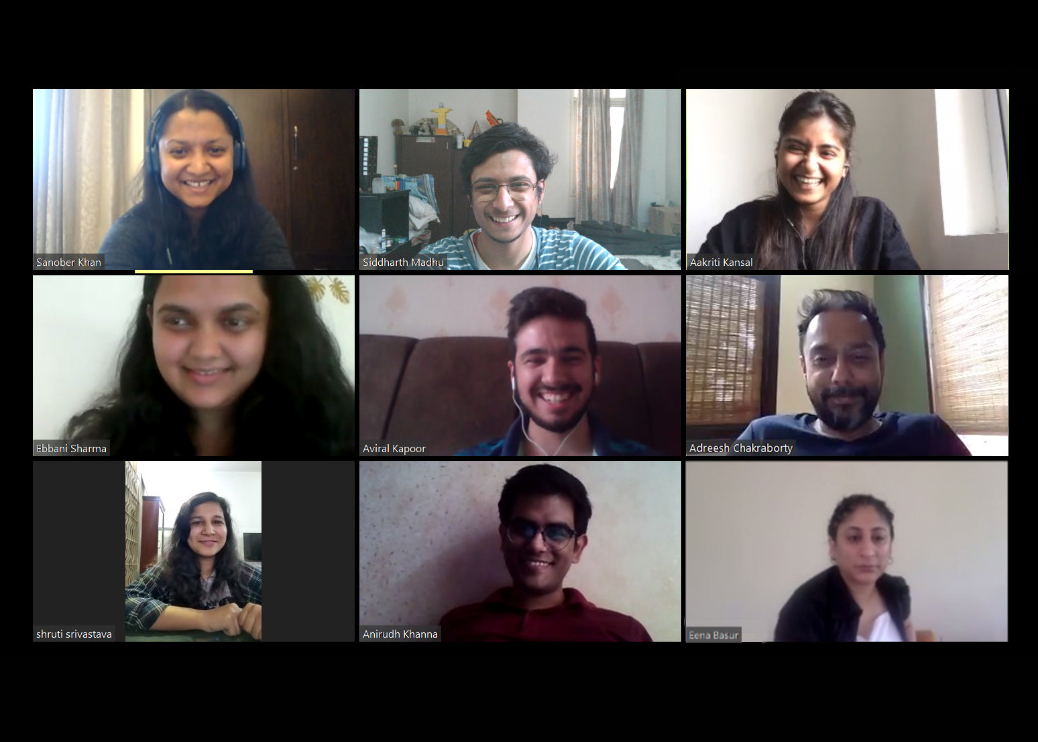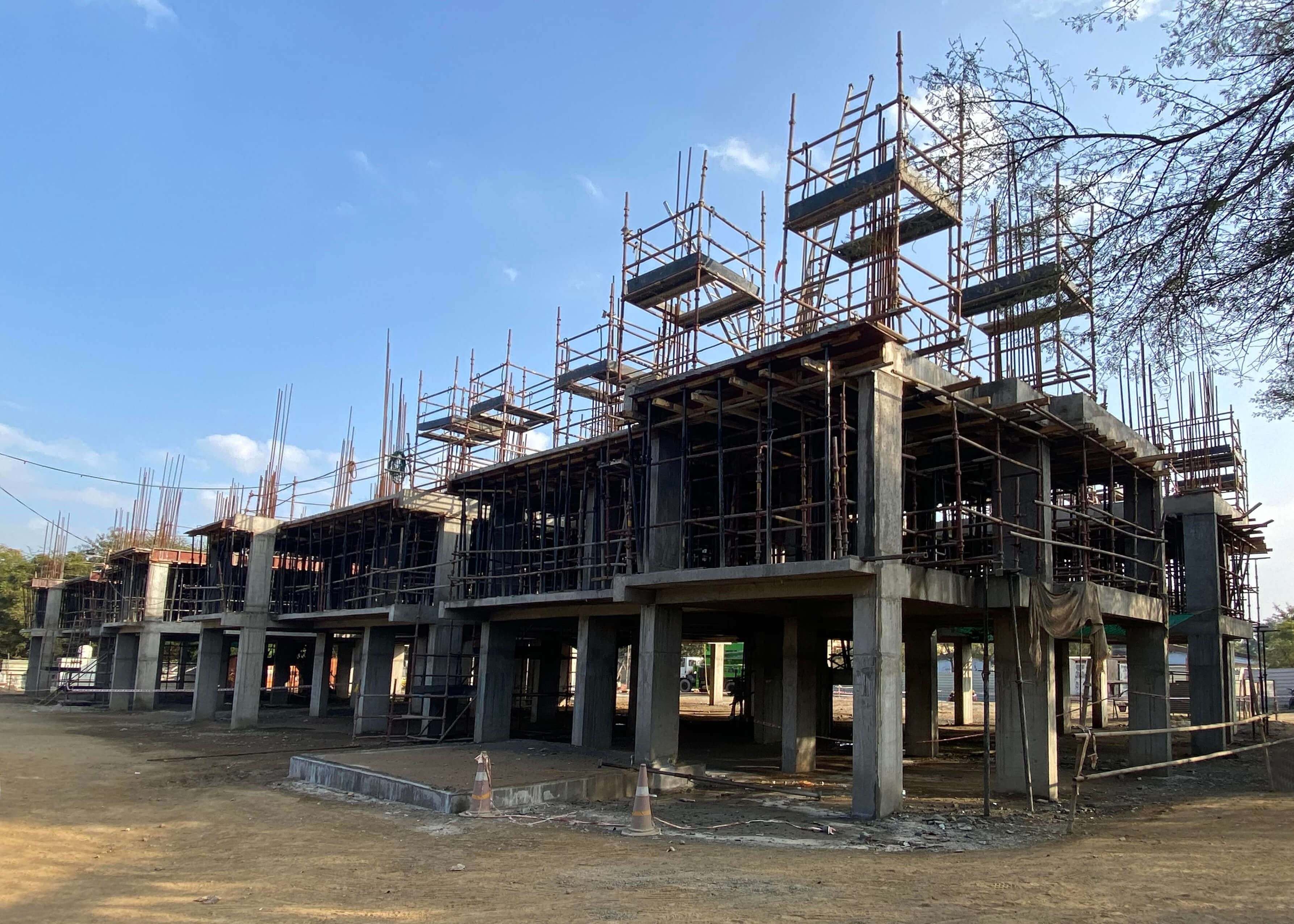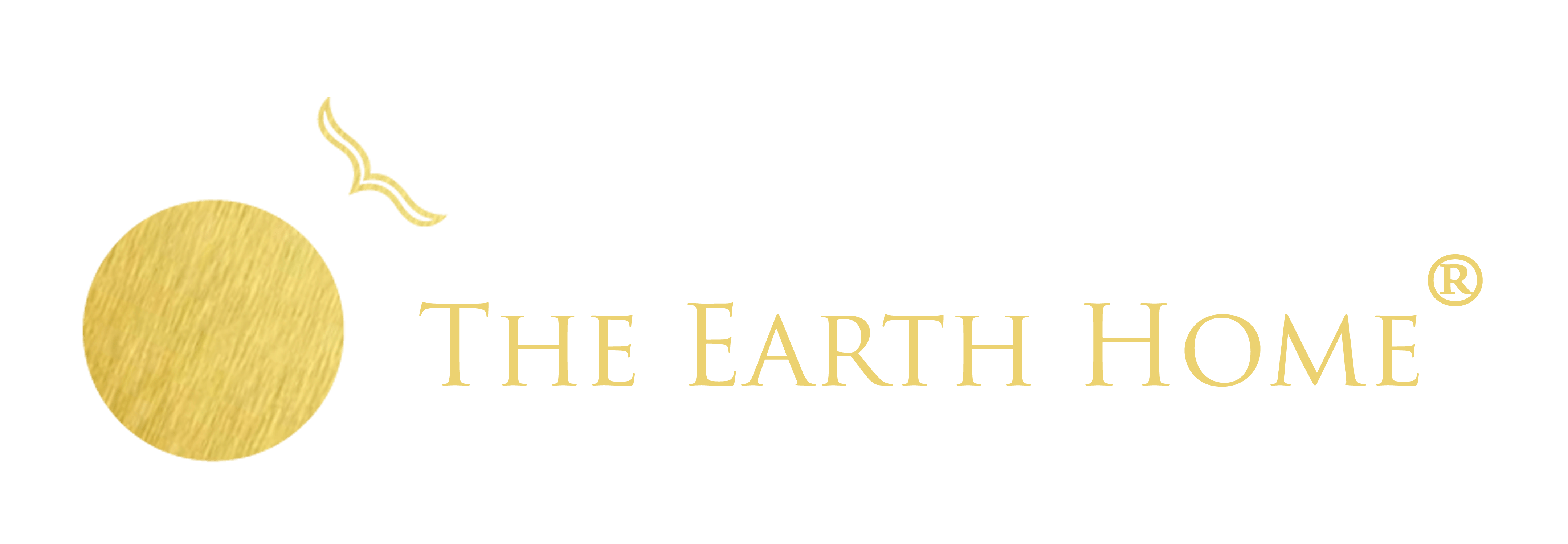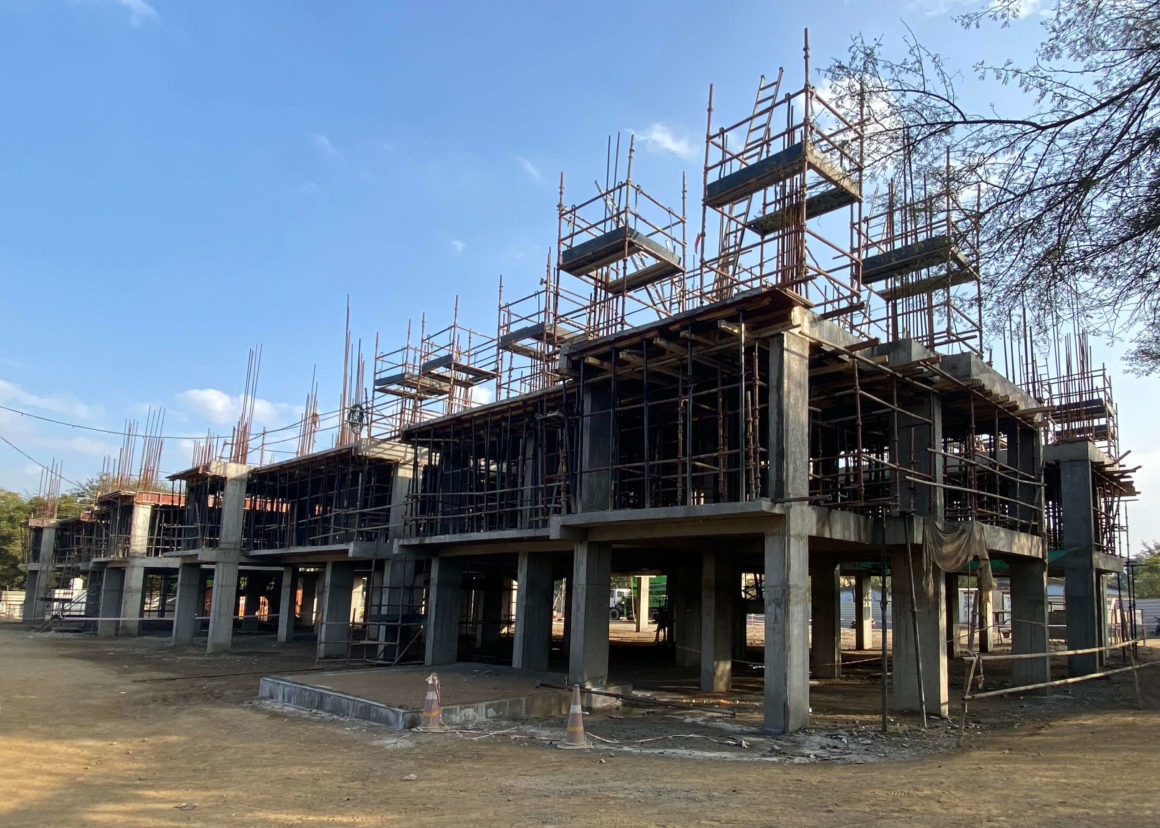No more Status Quo – How COVID 19 changes the profession of Architecture
By Adreesh Chakraborty
Founder, Director of The Earth Home
Author of- The Adventures Of Inchy Slim
The effects of COVID 19 are yet to be fully understood. As countries grapple in the midst of something unseen in the last hundred years, we are in a time of the most populous and most globally connected world. Though phenomenal advances in medicine and health has ensured that we now enjoy the highest life expectancy, we clearly haven’t been prepared for the curve ball of the coronavirus.
Architecture is part of a larger ecosystem of users, governments, market forces, industry, education, culture, the civil society and the environment. Projects take months of design and planning, years on site and pumping of phenomenal resources to come to fruition. Architects are often one of the first teams to get engaged and are involved right till the end of the process. This might take anywhere from one year to a decade of involvement based on the scale and intent of the project. Though design and construction teams are always geared to be on the edge of creation, such long gestation times often puts the whole system on ‘maintenance mode’ being taken care of by workflow structures built into the system.
The COVID 19 experience has just jolted the whole system awake. Is it time to throw away the rule book and ask completely new questions?
Physical Offices – Virtual Offices
In a quick two-month period a majority of the offices around the world has quickly adapted to working from home. Though the technology has been present for almost a decade and has been used on and off, it is now that it is being seen as a reliable, robust mechanism that with a few tweaks can become a viable model of working in the future. While people may miss ‘high-five’ing their colleagues with every design resolution, concerns about physical proximity and workplace standards might change drastically in the months to come.

Virtual pop-up offices, online – cut off travel time, pollution and exhaustion and opens up a whole new model of working in the fight against the climate crisis. The questions to ask here are –
What would the future of architectural practices be like?
How can this experience be used advantageously in the future?
What technologies would stitch the online working experience into a seamless working environment?
What are the key areas that require a brick and mortar office and how can they be dovetailed with the online work environment?
How can working online be used to create a global environment?
Sites
Though sites have largely been shut or are operating at minimal levels, measures of hygiene and safety require tremendous upgradation. In countries like India where a considerable part of the labor force is often unskilled and are comprised of migrant workers, living conditions often pose tremendous risks of outbreaks. Safety on sites would now have to go well beyond the loosely implemented – hard hat-harness-safety shoe – measures to strict logistics planning, housekeeping and sanitization. There is much to learn in construction from well-managed manufacturing industries and planning, implementation and compliance of such measures would have to be taken up immediately by architectural practices along with project managers as leaders of the project.

We have all seen the plight of migrant labor in the days immediately after the lockdown. With no means of transport or ways to receive money, they have been evicted by their landlords and have been either walking hundreds of kilometers home without food or water or travelling in overcrowded buses provided by the state governments greatly increasing the risk of the outbreak.
Emergency funds deposited at the time of mobilization for such unprecedented events with a two to three month buffer for sustenance of the labor force requires to be built into contracts for every contracting agency to make sure such situations can be handled better off in the future. In this way contracting companies will not be forced to make hard choices during such trying times.
The questions to ask here are:-
What are the means of remote round-the-clock monitoring of sites?
What systems can be set up towards streamlining the workflow?
What are the effective means to implement hygienic conditions on sites at all times?
What are the health and safety systems that require to be built into the contracts?
How can contractors and vendors take ownership of the health and safety of their workforce?
Touch and Breathe
Users as of now have been either quarantined or locked down, but when this all blows over, the basic understanding of how we move about and use shared environments like public places, healthcare facilities and offices will require to be completely overhauled. With hundreds of shared surfaces to be touched on a daily basis and breathing the common air of air-conditioned environments with high level of pollutants in cities, public place design requires to change drastically and that would also mean the architectural practices themselves.
While we are unknowingly damaging the microbiome in our bodies at a great cost in an increasingly sanitized world, balancing the possibilities of a breakout while trying to improve probiotic health might seem like staring down a rabbit-hole. Architectural and interior design practices require to take the lead in designing all-through touch-free access to users without compromising on security measures and designing and monitoring air quality for indoor air without having to regularly spray chemical disinfectants that might further jeopardize public health in the long run. The questions to ask here are: –
What is it like to have seamless, touch-free, secure circulation systems?
What technologies can be integrated to create such systems?
What are the new parameters for air quality?
How can round the clock monitoring of such environments be set up?
Who are the experts who can help create such systems with ease?
Government & Action
While government mechanisms are generally attributed to being rigid and wrapped in miles of red-tape, the COVID 19 responses by most governments around the world has shown that in times of unprecedented crises, they can become exceptionally agile and responsive. Though there may be many shortcomings in their decisions, the willingness to change on a day to day basis based on the situation at hand gives us a window into the possibilities of how governance can really be.
Architects and educational institutions already stare at a host of problems while practicing and imparting education. Construction is bound by archaic bye-laws in places which demand immediate change and is completely free to exploit endangered ecological and historical environments which require total protection. The profession of architecture in India is itself in self-doubt after the Supreme Court ruling on March 17, 2020 that opens up fundamental questions about the practice and education.
Now with the COVID 19 lockdown, practices are juggling around resources while liabilities keep stacking up on the other end with no relief measures in sight. While no one can predict what the outcome of this pandemic will be, it does have the potential to seriously threaten the profession and the livelihood of many. The relevant questions to be asked are:-
How can architects, the council and institutes engage with the government?
Who are the experts who can help change public opinion?
How can the media help in highlighting these issues?
How can architects come together to create a resounding voice that cannot be drowned?
Who can be elected as leaders to help steer through these uncertain times?
Market Forces
With markets in free fall around the globe, this downturn is different than other financial crises the world has seen before. While they were created by reckless financial institutions, we are now staring possibly at months of halted production, stalled services and choked up supply lines all across the globe.
Architecture practices being boot-strapped due the legalities of practice in India, have worked though ups and downs and thrived in hostile market conditions before. Now with the current pandemic they require to be more resilient than ever. ‘Business-as-usual’ will not work if the effects of the crisis perpetuate for months after the lockdown is over. With sites stopped all across and uncertainties over labor mobilization after the lockdown, billing of stage payments and their realizations can take longer than expected. Large projects with long gestation periods can get extended and some projects might even stall. Practices will require to be agile and make quick choices if the conditions may present themselves. The questions to be asked are:-
What are the changes that require to be instituted in the practice?
What are the priorities for today and what are the priorities for tomorrow?
Where else does our expertise lie and how can we use them?
Which projects shall we be working on right now?
Who or what can help expand the practice?


3 Comments
Join the discussion and tell us your opinion.
A thoughtful and vision driven article…. However, if our clients, collectively do not align with this, and do not value professional time- cost and are “some more options” driven, there are greater probability of sliding back.
Hey there 🙂
Your wordpress site is very sleek – hope you don’t mind me asking what theme you’re
using? (and don’t mind if I steal it? :P)
I just launched my site –also built in wordpress like yours– but the theme slows (!) the site down quite a bit.
In case you have a minute, you can find it by searching for “royal cbd” on Google (would appreciate any feedback) –
it’s still in the works.
Keep up the good work– and hope you all take care of
yourself during the coronavirus scare!
Very thought provoking very emotional sharing of thoughts from a professional on behalf of all of us. It’s time rather too late, that we adopt precast constructions , reducing exploitation of labour class as present industry is owned by corrupt individuals often cutting corners,taking over projects at under estimated costs to feed corrupt govt interests. Billions are collected in the name of labour welfare funds which get diverted elsewhere.
The entire planning processes and final drafts and foresight goes for a six when presented in front of the duly elected administrators- whose sole aim is to fill their pockets. Left it to professionals they can do wonders.
It’s no doubt a very grim situation looking for some divine intervention.